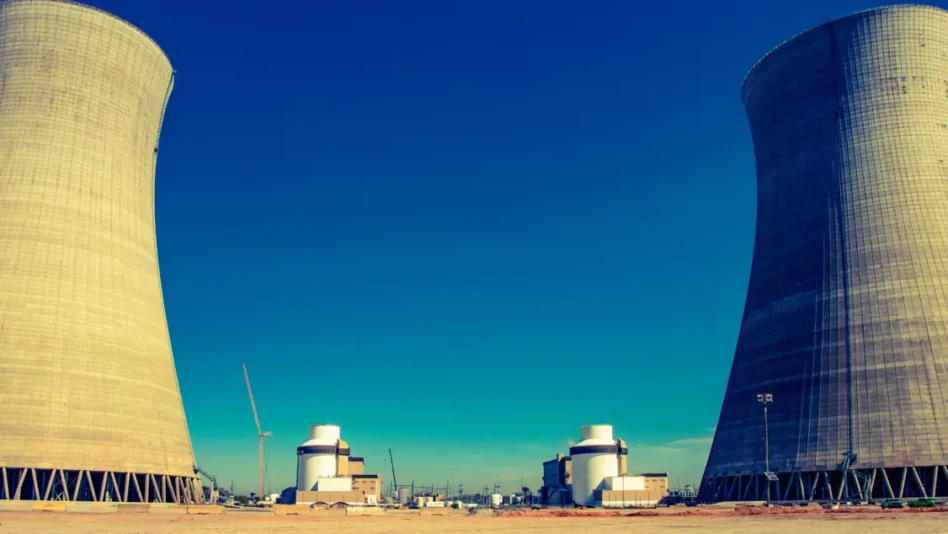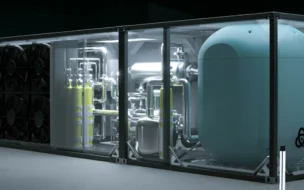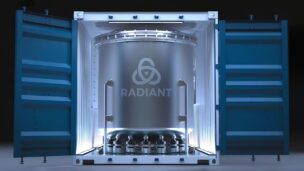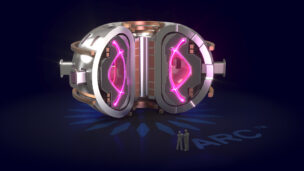You’ve heard plenty of news on nuclear to power AI. It’s only fair that AI gives back.
This week, Google and Westinghouse announced that they’ll be working together to streamline the nuclear construction process. Google Cloud’s AI will add to two of Westinghouse’s existing AI-enabled software products, HiVE and bertha, to accelerate AP1000 reactor construction and the development of AP300 and eVinci microreactor builds.
“This collaboration will build an AI machine that helps us rethink how to do nuclear construction in this country,” Westinghouse interim CEO Dan Sumner said during a roundtable event with President Trump in Pennsylvania on Tuesday.
The Westinghouse portfolio: Westinghouse is the only company with both a fully licensed reactor design in the US and actively pursuing construction projects. Two AP1000 reactors are in operation in the US, both at the Vogtle plant. Four more are operational in China, with an additional 12 approved or under construction. Outside China and the US, another 19 AP1000 unit builds are planned.
The suite of Westinghouse nuclear reactors includes:
- AP1000, the flagship large-scale, light water reactor with a ~1.1 MW output
- AP300, a planned SMR design with a 330 MW output
- The eVinci microreactor, a 5 MW design intended for fast deployment and transportability
On the AI side, Westinghouse already uses two nuclear-specific technologies in its planning for nuclear site development and construction. They are:
- bertha, a generative AI system and virtual assistant that Westinghouse says is “nuclear-aware”
- HiVE, a system that runs on bertha’s base and can simplify several categories of building a nuclear plant, including licensing, safety and fuel performance, workforce training, and design modifications.
These two products will now be enhanced with Google’s vast AI network—ideally improving the products’ scope and usability while keeping them focused on nuclear projects.
Lead Reporter of Ignition





